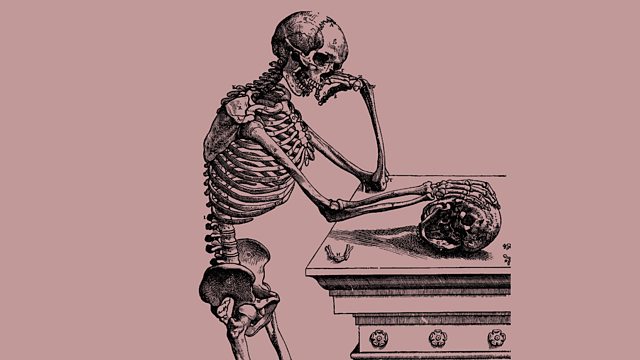Episode 3: Slaughterhouse Anatomy - The body in ancient Egypt
Professor Alice Roberts continues her narrative history series about the human body - a time travelling tour of anatomical knowledge from the Stone Age to the Silicon Age
The human body is the battleground where our most fundamental ideas about the way the world is come into sharp focus.
When we think and talk about the body, we are suddenly very aware of that pattern of thinking which frames concepts in opposition, divides the world up between dark and light, material and immaterial, technology and humanity, invisible and visible, mind and body, body and soul.
In this new ten part series, academic and broadcaster Professor Alice Roberts traces how human knowledge of anatomy has grown and changed over time, and how this changing understanding has in turn affected our understanding of who we are.
Episode 3: Slaughterhouse Anatomy - The body in ancient Egypt
The first civilisation to leave us traces of medical knowledge is ancient Egypt. And among these records of ancient injuries and remedies, one set stands out – the Edwin Smith papyrus. For the first time, magic spells are mixed with a rational and proto-scientific understanding of the human body. Professor Alice Roberts uncovers the papyrus's examples of anatomical thinking - its description of membranes around the brain, of cerebrospinal fluid, and the relation between neck injuries and paralysis. She asks where this anatomical knowledge came from – could it be from the battlefield or ritual embalming rites?
Presenter: Professor Alice Roberts
Actor: Jonathan Kydd
A Made in Manchester production for �������� Radio 4
Last on
Broadcasts
- Wed 20 Jan 2021 20:45�������� Radio 4
- Sat 17 Apr 2021 05:45�������� Radio 4

